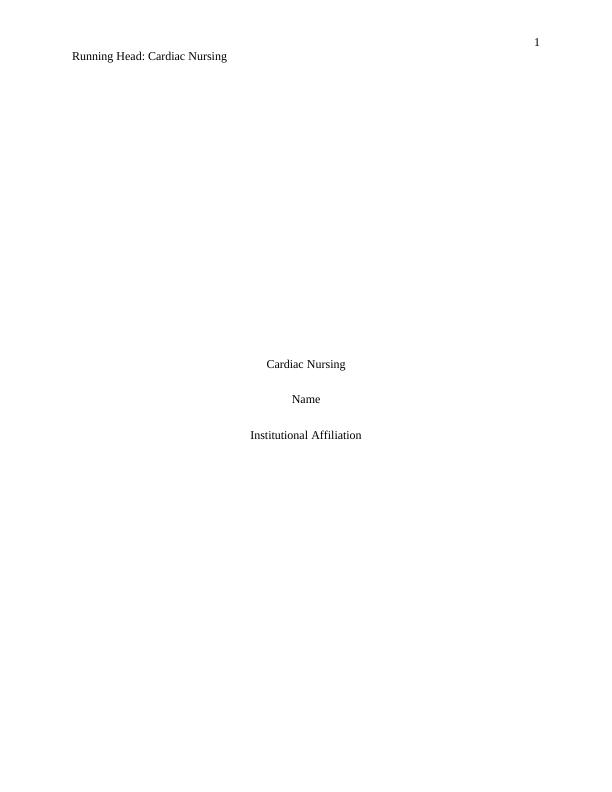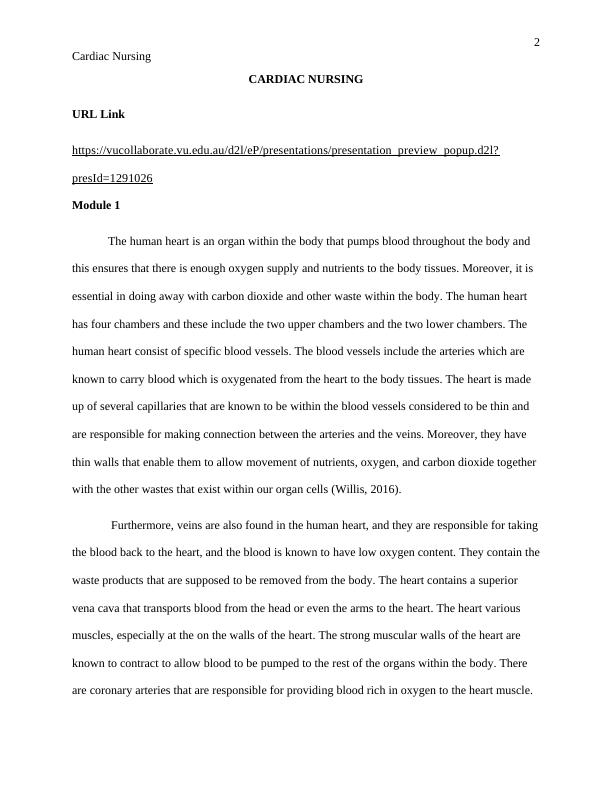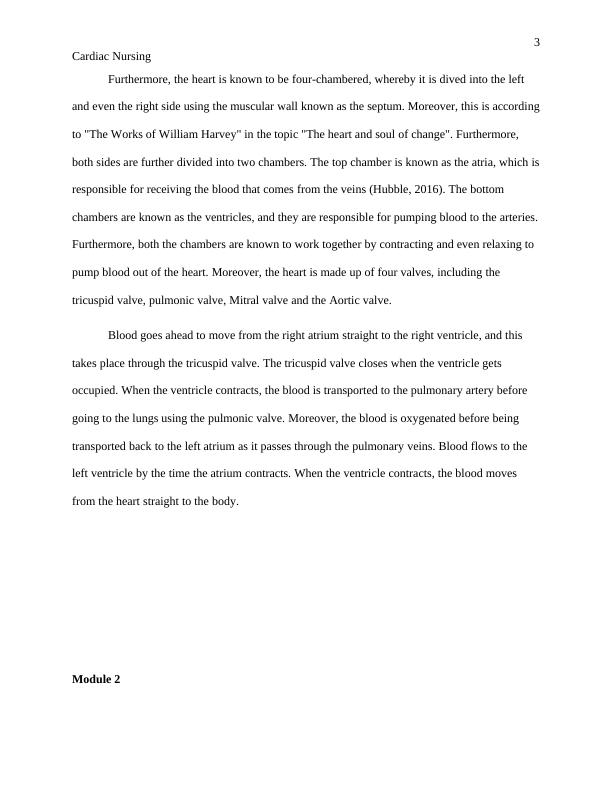Cardiac Nursing Topic 2022
Added on 2022-09-28
11 Pages2592 Words40 Views
End of preview
Want to access all the pages? Upload your documents or become a member.
Pathophysiology | Assessment | 1
|4
|465
|23
Cardiovascular System: Questions and Answers
|11
|1370
|51
Anatomy and Physiology Essay 3&4 on Human Vascular System and Facial Artery
|4
|1339
|440
Anatomy and Function of the Cardiorespiratory System
|7
|1196
|183
Description of How the Heart Pumps Blood in the Human Body
|6
|1149
|113
Dissection of Sheep Heart, Fetal Pig Cardiovascular System, Respiratory System, Urinary System, and Digestive System
|10
|2752
|371



